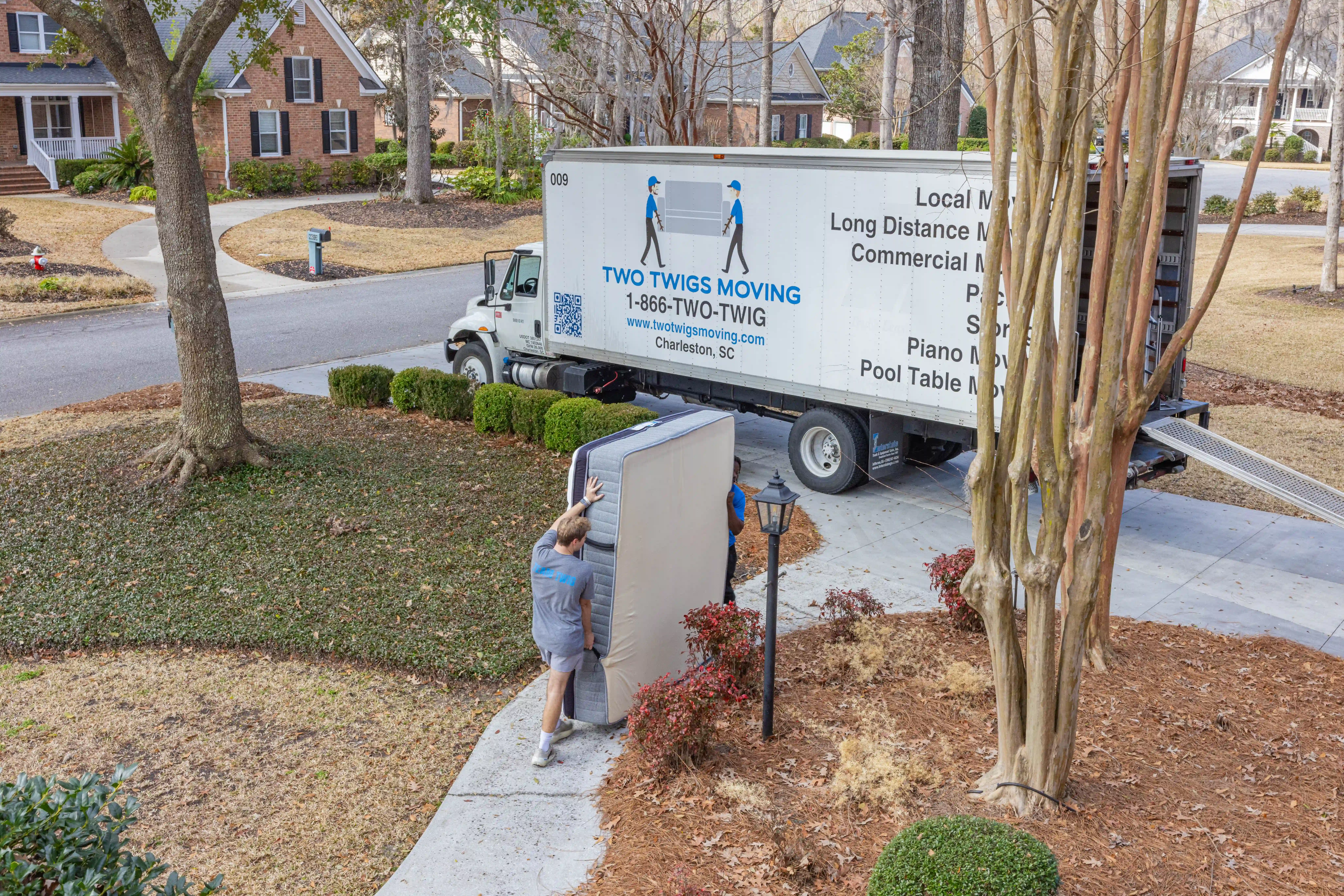When planning a move, there are countless details to manage, from organizing and packing to coordinating with a moving company. Among all these tasks, one crucial aspect that often gets overlooked is moving insurance. Many people assume that their belongings will be covered under their homeowners’ or renters’ insurance policy during a move, but this is not always the case. Understanding the importance of moving insurance and the options available to you can save you from significant financial loss and stress.
Why Moving Insurance Matters
Moving can be unpredictable. Even with the most careful planning and the best moving company, accidents can happen. Boxes can get dropped, furniture can get scratched, or items can go missing. Moving insurance provides a safety net, ensuring that if something does go wrong, you’re not left bearing the full cost of replacing or repairing your belongings.
Most moving companies offer some form of basic coverage, but it’s important to understand what this covers. In many cases, the coverage offered is limited and may not fully compensate you for the value of your items. That’s where additional moving insurance comes into play, offering more comprehensive protection.
Types of Moving Insurance
There are generally three types of moving insurance coverage to consider:
- Released Value Protection: Released value protection is the most basic coverage, and it’s typically included in the cost of your move. However, the coverage is minimal, usually reimbursing you at a rate of 60 cents per pound per item. This means that if a heavy item like a television is damaged, you would receive a fraction of its actual value in compensation. While this option is free, it may not be sufficient for most people’s needs.
- Full Value Protection: Full value protection offers more comprehensive coverage. Under this plan, the moving company is liable for the full value of your lost, damaged, or destroyed items. If something happens to your belongings, the company has the option to repair the item, replace it with a similar item, or offer you a cash settlement for its current market value. While this coverage comes at an additional cost, it provides much greater peace of mind and financial protection.
- Third-Party Insurance: In some cases, you may want to purchase additional insurance from a third-party provider. This is especially useful if you’re moving high-value items or if the moving company’s full value protection doesn’t cover certain items, such as jewelry or valuable collectibles. Third-party insurance can provide coverage that is more tailored to your specific needs.
How to Choose the Right Coverage
When selecting moving insurance, it’s important to take an inventory of your belongings and determine their value. Consider the likelihood of damage and the financial impact it would have on you. If you’re moving valuable items, it may be worth investing in full value protection or third-party insurance.
Additionally, read the fine print of any insurance policy. Understand what is and isn’t covered, and ask questions if anything is unclear. Knowing the terms of your coverage can help avoid surprises if you need to make a claim.
Conclusion
Moving insurance is a crucial aspect of any move, providing a financial safety net in case the unexpected happens. By understanding your options and choosing the right coverage for your needs, you can protect your belongings and ensure a smoother, less stressful moving experience. Don’t leave the safety of your valuable possessions to chance—make sure you’re covered.
4o


.svg)


